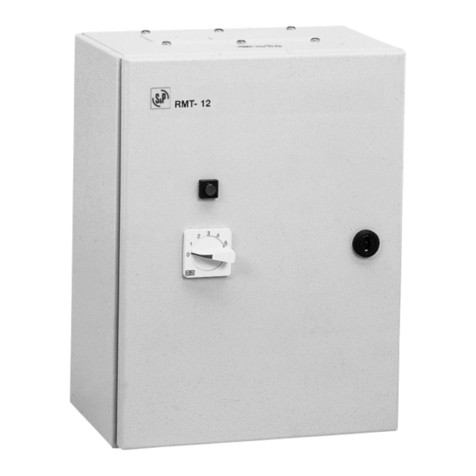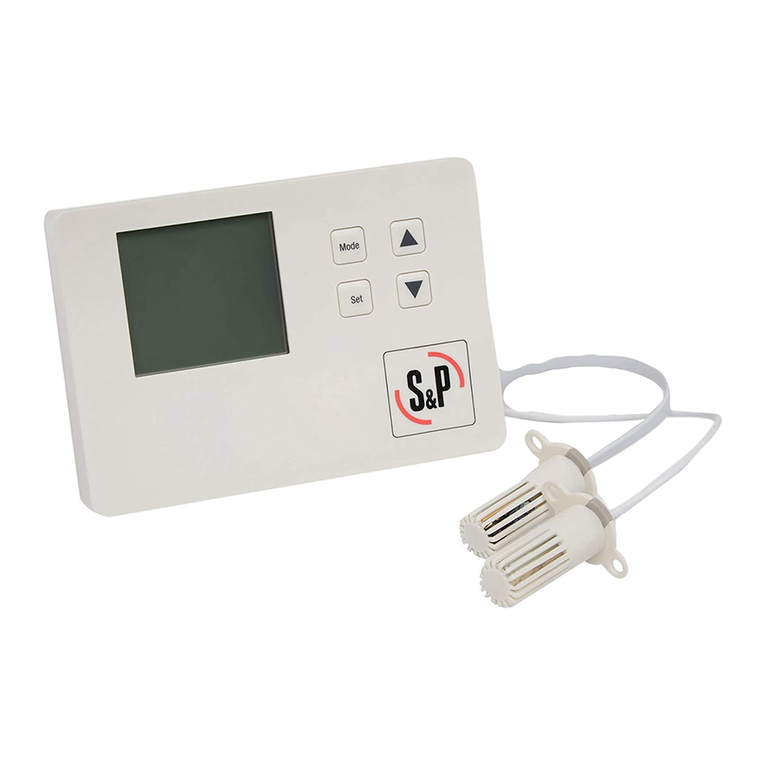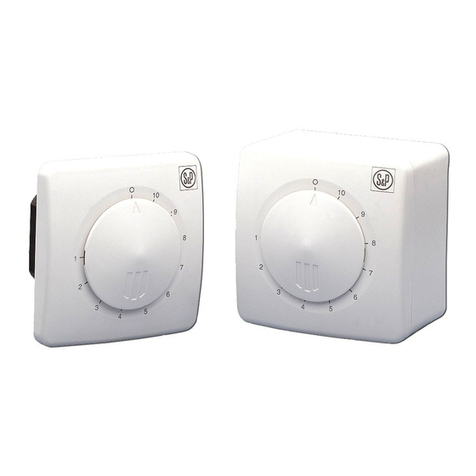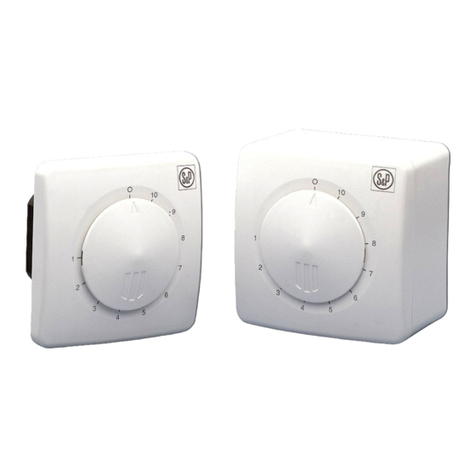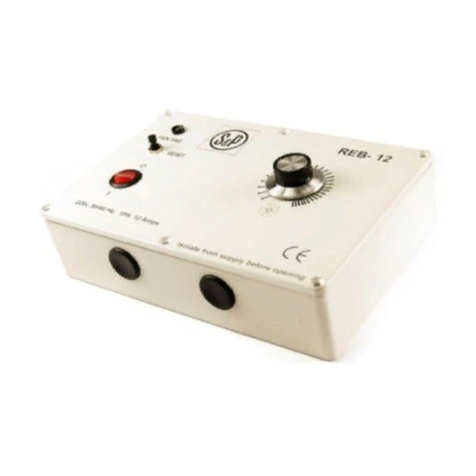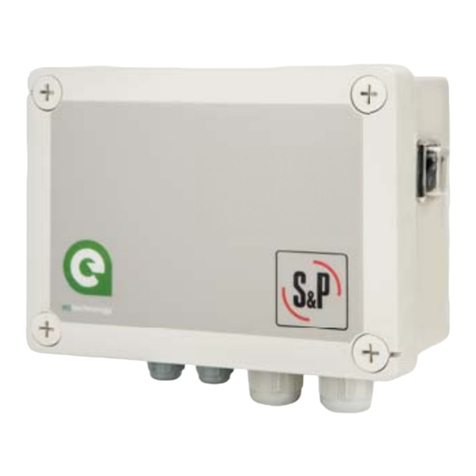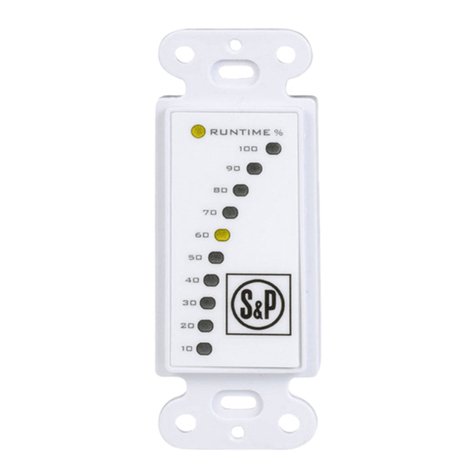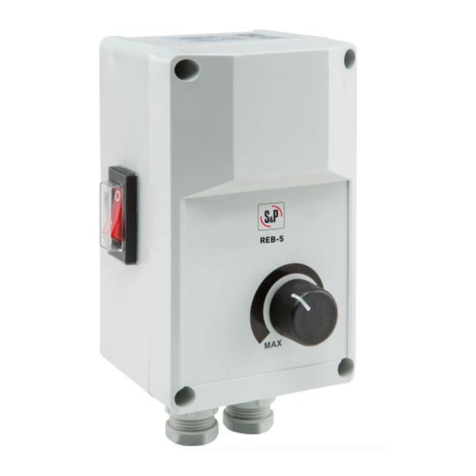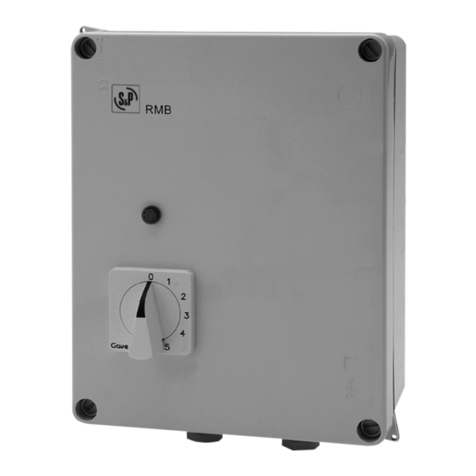
Page 3 of 24
ENGLISH
INDEX
1. RECOMMENDATIONS ............................................................................................................................. 5
2. TRANSPORT AND HANDLING .............................................................................................................. 5
3. GENERAL .................................................................................................................................................... 5
3.1.
Speed Control Inputs ............................................................................................................................... 5
3.2.
Installer-defined Fixed Speed Control ....................................................................................................... 5
3.3.
Remote Switching .................................................................................................................................... 6
3.4.
Fan-Fail Detection by Fault Sensing .......................................................................................................... 6
3.5.
Outputs ................................................................................................................................................... 6
3.6.
Analog Switch Outputs ............................................................................................................................. 6
4. SAFETY RULES .......................................................................................................................................... 6
4.1.
WARNING ............................................................................................................................................... 6
4.2.
CAUTION ................................................................................................................................................ 6
4.3.
SPECIFICATION ....................................................................................................................................... 7
4.4.
INSTALLATION ........................................................................................................................................ 7
5. FAN WIRING ............................................................................................................................................. 8
6. CONTROL WIRING .................................................................................................................................. 9
6.1.
REMOTE ENABLE VIA EXTERNAL VOLT-FREE CONTACT ............................................................................ 9
6.2.
REMOTE ENABLE VIA EXTERNAL SWITCHED 230V SUPPLY ..................................................................... 10
6.3.
CONTINUOUS RUNNING WITH TWO OPTIONAL SPEEDS VIA EXTERNAL VOLT-FREE CONTACTS .............. 11
6.4.
CONTINUOUS RUNNING WITH TWO OPTIONAL SPEEDS VIA EXTERNAL SWITCHED 230V SUPPLY .......... 12
6.5.
REMOTE ENABLE AND SPEED CONTROL VIA EXTERNAL REB-ECOWATT .................................................. 13
6.6.
REMOTE ENABLE AND SPEED CONTROL VIA EXTERNAL REB-CVF ........................................................... 14
6.7.
CONTINUOUS RUNNING WITH TWO OPTIONAL SPEEDS VIA EXTERNAL SWITCHED 230V SUPPLY .......... 15
6.8.
REMOTE ENABLE VIA 7-DAY TIMER (1000001114) ................................................................................. 16
6.9.
RUN AND FAULT RELAY ......................................................................................................................... 17
6.10.
FAULT INPUTS ...................................................................................................................................... 18
6.11.
DAMPER ................................................................................................................................................ 19
6.12.
OVER-RUN TIMER ................................................................................................................................. 20
6.13.
FAN SPEED OFFSET ............................................................................................................................... 21
7. MAINTENANCE ................................................................................................................................. 22
8. RECYCLING........................................................................................................................................ 22
9. EC DECLARATION OF CONFORMITY........................................................................................... 22
10. DESIGNATION OF EQUIPMENT ............................................................................................... 22
11. GUARANTEE .................................................................................................................................. 23






